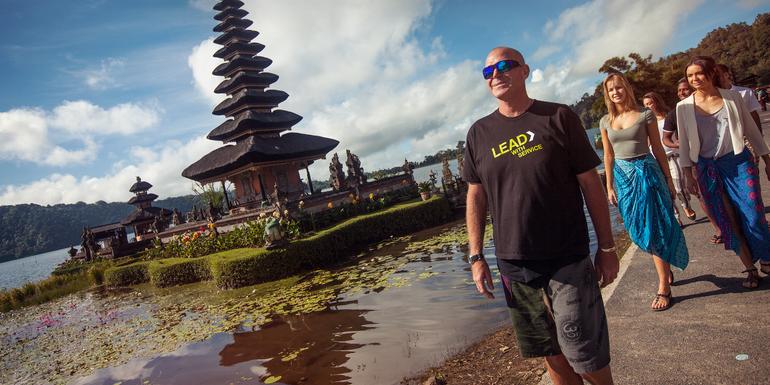


Raja Ampat has become known as the Indonesian dive-site par excellence and, along with Wakatobi National Park off the bottom of Sulawesi, is known for encounters with whale sharks. With much of the richest section of the Coral Triangle – the world’s greatest center for marine biodiversity – lying in Indonesian waters it is not surprising that the area is top of the wish list for any diver worth his or her salt. There are an estimated 750 species of coral in Indonesian waters (the entire Caribbean has just 70). It is best to stay overnight in the village of Moni where there are several homestays and hotels (as well as a lovely hot spring) so that you are on the spot to visit the crater lakes around dawn before the mountain mists descend. Local people carefully watch the color transitions of the lake known as Tiwi Ata Mbupu since it is said to be the resting place of demons and the spirits of witches. Visit the mystical Kelimutu Lakes in Floresĭue to a strange quirk of geology, the three sister-lakes of Kelimutu in the center of Flores Island, are capable of dramatically changing color over the course of just a couple of days.

Home also to the ritual (and still occasionally fatal) horseback battles known as the Pasola, Sumba is one of Indonesia’s developing frontiers for adventurous travelers. A unique culture based on ancestor-worship has spawned a dramatic megalithic culture where giant tombstones (the largest vastly outweighing the biggest stone at Stonehenge) are moved several kilometers overland by hundreds of laborers.

The island of Sumba remains almost unknown despite being twice the size of Bali. Experience one of the world’s last megalithic cultures in Sumba Get more travel inspiration, tips and exclusive offers sent straight to your inbox with our weekly newsletter.


 0 kommentar(er)
0 kommentar(er)
